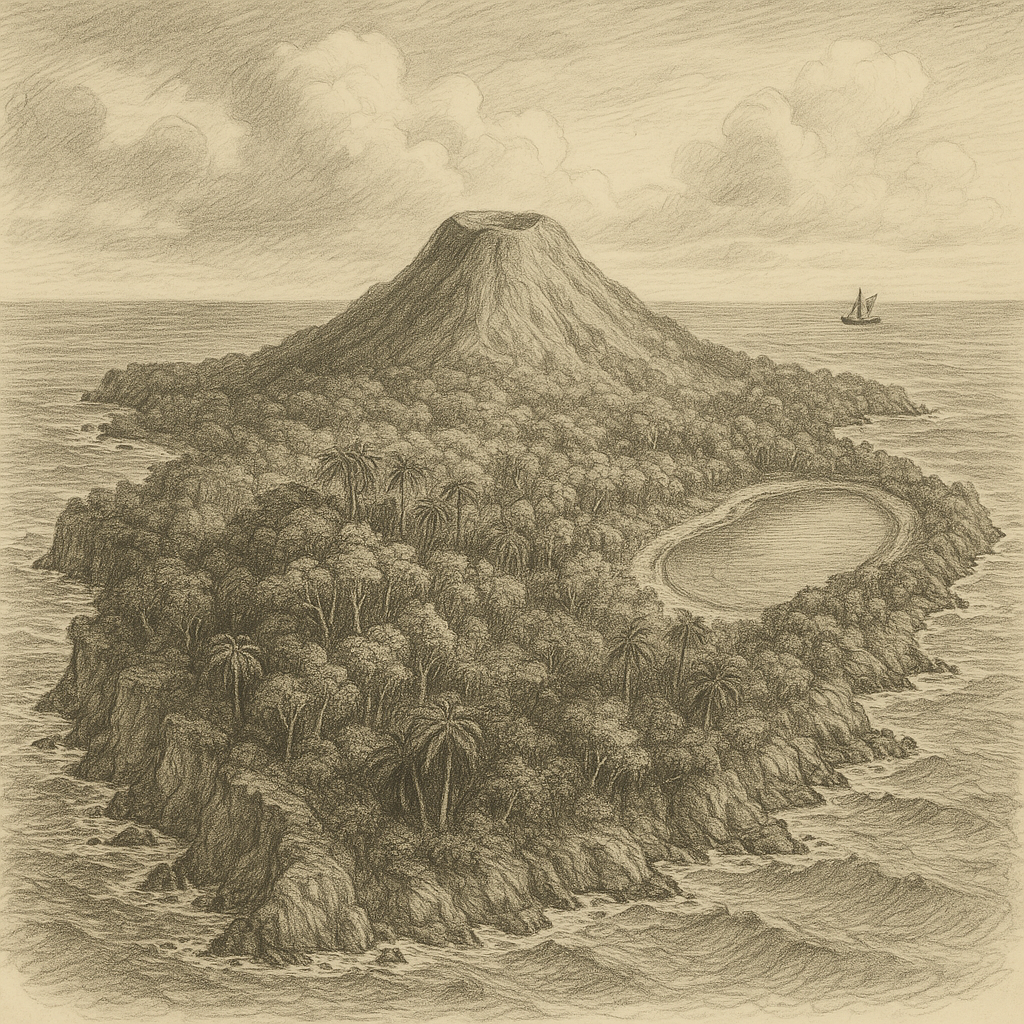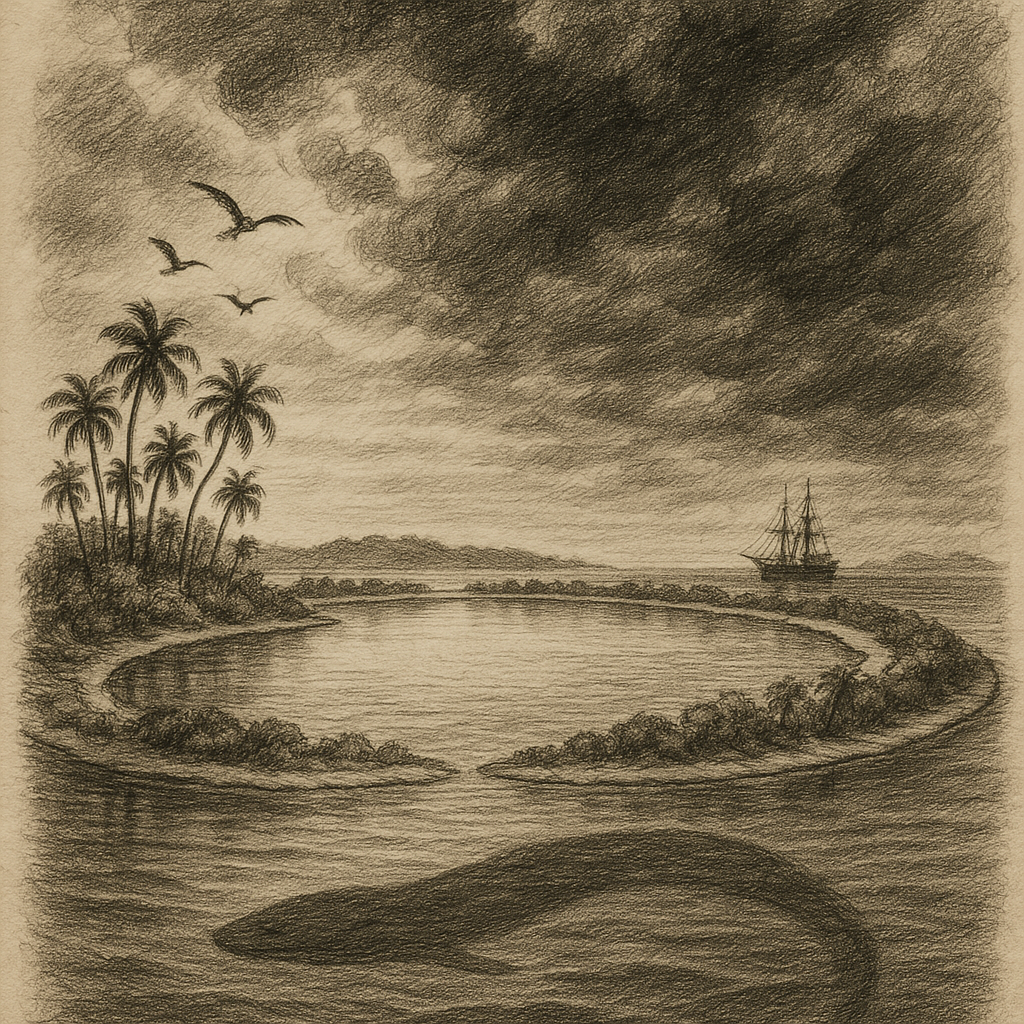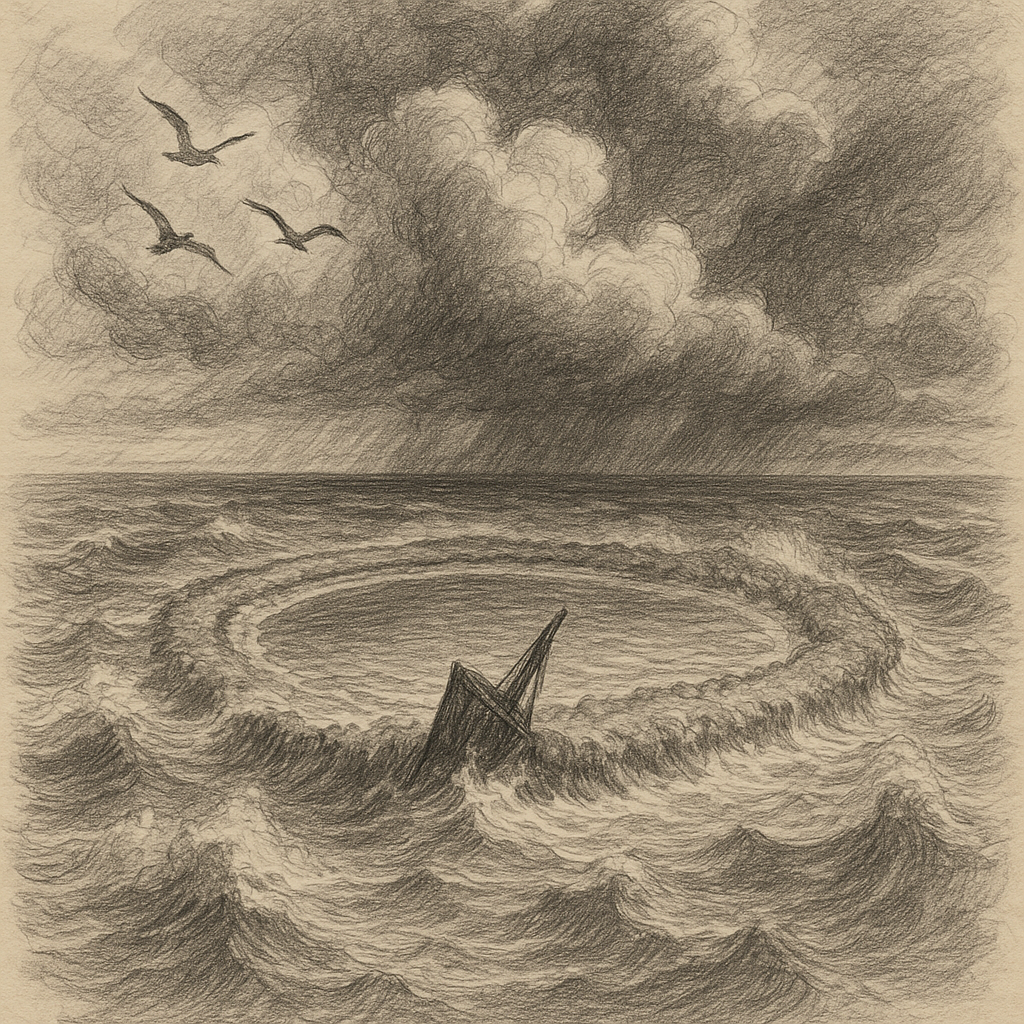Introduction to Tikopiaa North Island Tikopiaa North Island is a little-known, remote island nestled deep within the South Pacific Ocean. Situated far away from common maritime routes, Tikopiaa North Island is part of the southeastern Solomon Islands region, yet remains largely untouched by mass tourism and modern development. The island’s remoteness, combined with its rich history, biodiversity, and enduring cultural traditions, makes it a truly unique destination worthy of exploration. Geographic Location and Geology Tikopiaa North Island lies roughly 1,000 kilometers west of the main Solomon Islands archipelago and about 600 kilometers northeast of Vanuatu. Primarily volcanic in origin, the island rises steeply from the Pacific seabed, indicative of its geotectonic placement along the convergence of the Pacific and Indo-Australian Plates. Over time, tectonic uplift and volcanic activity have shaped the rugged terrain and glistening coastlines that define the island today. Covering an estimated area of just under 5 square kilometers, the island features a central volcanic peak surrounded by thick rainforest and steep coastal cliffs. Geologists speculate that the island is the above-water tip of a much larger submarine mountain system, much like other volcanic islands in the region. Climate and Environment Tikopiaa North Island experiences a tropical maritime climate, characterized by warm temperatures throughout the year and high humidity. Rainfall is abundant, with an average annual precipitation exceeding 2,000 mm, mostly occurring between November and April. The abundant rainfall nourishes the island’s lush vegetation, including tropical hardwood trees, ferns, and numerous endemic plant species. The island’s isolation has also preserved its unique biodiversity. Indigenous bird species such as the Tikopian fruit dove, along with migratory seabirds, find sanctuary here. The surrounding coral reefs support a healthy marine ecosystem teeming with vibrant corals, reef fish, sea turtles, and occasional visits from humpback whales during migration season. People and Culture Tikopiaa North Island has no permanent residents as of today, making it uninhabited in the modern sense. Historically, however, it is thought that Polynesian navigators may have landed and temporarily inhabited the island during their vast exploration of the Pacific, around 1000 AD. Remnants of ancient stone platforms, fire pits, and fishing tools discovered on the island suggest periodic human activity over the centuries. Due to its proximity to the main island of Tikopia, the island falls within the cultural sphere of the Tikopian people, who are renowned for their traditional egalitarian society, intricate navigation skills, and sustainable resource management practices. Despite the absence of a resident population, Tikopiaa North Island still holds cultural importance for certain rituals and ceremonies conducted by elders from surrounding villages. Interesting Facts About Tikopiaa North Island – Tikopiaa North Island is often referred to by local navigators as “Kao Mata,” which translates to the “Eye of the Whale,” owing to the island’s whale-eye-shaped lagoon that is visible only from aerial views. – In 2012, the island was designated as a protected marine and terrestrial reserve by local government authorities in the Solomon Islands. – The island’s coral reefs have become the subject of scientific research due to their resistance to coral bleaching, offering promising insights into climate resilience. – The volcanic peak, although dormant, has drawn interest from volcanologists due to signs of recent geothermal activity detected in shallow underwater vents along the southern coast. – A network of inland caves found on the eastern cliffs houses a variety of unique cave-dwelling insects not seen elsewhere in the region. Legends and Myths As with many Pacific islands, Tikopiaa North Island is steeped in oral tradition and myth. According to Tikopian legend, the island was once the home of a powerful spirit named Noki-Tapu, the guardian of the northern winds. It is said that Noki-Tapu would use his breath to guide sailors away from dangerous reefs, but if disrespected, he could strike their canoes with great storms. Another popular tale speaks of a hidden spring atop the island’s central peak, believed to grant clarity and strength to chiefs who drink from it during rites of passage. No such spring has been located by modern explorers, but local guides claim that only those of pure heart may find the elusive fountain. A more recent legend among northern Tikopians suggests that Tikopiaa North Island will one day rise further from the sea and bloom into a new land, becoming a refuge for future generations in times of great change—a vision that reflects the community’s deep spiritual connection to both land and ancestral prophecy. Access and Current Usage Today, access to Tikopiaa North Island is heavily restricted. Visitors must obtain special permits through environmental and cultural heritage authorities in the Solomon Islands. Due to the fragility of the island’s ecosystem, visits are typically limited to conservation researchers, cultural delegations, and occasionally, Tikopian elders during ceremonial observances. Transportation to the island is possible only by private charter boat or traditional sailing canoe from the main island of Tikopia, a journey highly dependent on favorable weather and sea conditions. There are no permanent structures, electricity, or amenities on the island, making any stay a true immersion in nature. Ongoing conservation efforts are focused on preserving Tikopiaa’s unique flora and fauna while deepening understanding of the region’s volcanic and ecological dynamics. Various non-profit and academic collaborations have taken root in recent years, aiming to document the untold story of this mysterious gem of the South Pacific. Conclusion Tikopiaa North Island remains one of the few untouched bastions of natural and cultural heritage in the Pacific Ocean. Though small in size, its ecological richness, sacred legends, and mysterious past contribute to its allure as a place of wonder and reverence. As efforts continue to protect its pristine environment and cherish its cultural significance, Tikopiaa North Island stands as a testament to the enduring balance between nature and tradition.

Tikopiaa North Island
Do you like my work? Buy Me A Coffee
Do you like my work? Buy Me A Coffee
-

Tikopiaa North Island
Introduction to Tikopiaa North Island Tikopiaa North Island is a little-known, remote island nestled deep within the South Pacific Ocean. Situated far away from common maritime routes, Tikopiaa North Island is part of the southeastern Solomon Islands region, yet remains largely untouched by mass tourism and modern development. The island’s remoteness, combined with its rich…
-

Fangataufa
Fangataufa: A Remote Atoll of Mystery and History Fangataufa Atoll, a secluded ring of coral in the southeastern corner of the Tuamotu Archipelago in French Polynesia, is a place few people have set foot on, yet it remains etched in history due to its striking natural features and controversial past. Despite its small size and…
-

Bougainville Reef
Bougainville Reef: A Remote Coral Outpost in the Coral Sea Bougainville Reef is an isolated coral atoll located in the Coral Sea, off the northeastern coast of Australia. Despite its relatively small size and harsh environment, this remote reef holds a mystique that draws in marine biologists, divers, and storytellers alike. Geographical Overview Bougainville Reef…
by
Tags: